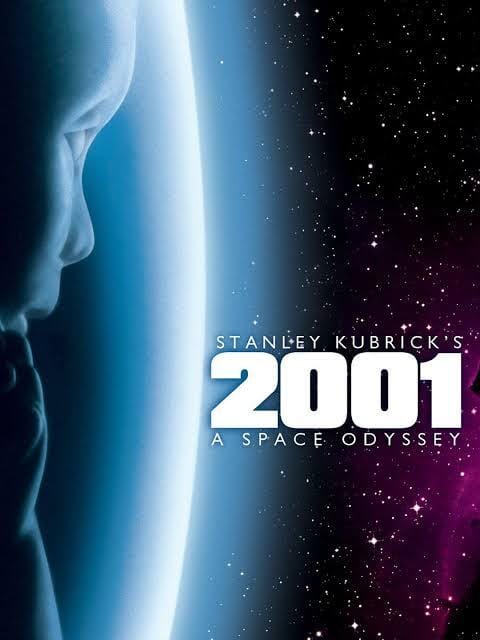- IF: Imagination and Fantasy
- Posts
- What Classic Films Got Right and Wrong About the Future
What Classic Films Got Right and Wrong About the Future
Sci-Fi Reality Check

Welcome to a journey through time with our deep dive into classic science fiction movies. Today, we're examining what these films predicted correctly about the future and where they took creative liberties that missed the mark. With insights from astronomer Ed Bloomer, who was featured in a release by the new scientist platform, we delve into how cinematic visions of future realities measure up against our current world.
Blade Runner: The Futuristic Vision of 2019
First, let's discuss "Blade Runner", a quintessential classic film released in 1982 but set in the not-so-distant past of 2019. The movie envisioned a world full of neon lights, flying cars, and sophisticated humanoid robots known as replicants. Now, how does that stack up against the real 2019?

According to Ed Bloomer, while we have made significant space achievements, like the operation of space stations orbiting the Earth, establishing off-world colonies remains a substantial challenge — making "Blade Runner's" vision appear overly ambitious. Furthermore, the film showcased a dystopian landscape marked by environmental decay and towering corporations. Fortunately, our reality in 2019 was not nearly as grim, serving as a reminder that not all futuristic predictions of dystopia come true.
2001: A Space Odyssey and Its Realistic Space Predictions
Switching gears, let's evaluate "2001: A Space Odyssey", a film lauded for its remarkable accuracy in depicting space travel. Released in 1968, Stanley Kubrick's masterpiece correctly portrayed the physics of space, from the silent vacuum environment to the subtle movements of objects in zero gravity.

However, the film's depiction of artificial intelligence, embodied by HAL 9000, was less prescient. While the HAL system showcases advanced, sentient AI capabilities, the reality in 1992 — when HAL was supposed to be 'born' — was far less advanced. Even today, AI achievements are narrow, focusing on specific tasks rather than having general, human-like intelligence. While we have seen advances in technology, such as self-driving cars and language translation, the sentient AI shown in the film remains a vision yet to be realized.
Space: 1999 and the Science Fiction Spectacle
Finally, let's delve into the TV series "Space: 1999", which aired in the 1970s and proposed an intriguing premise where a massive explosion on the moon sends it hurtling into space. As imagined, the moon's detachment from Earth’s orbit led to fantastic adventures. However, Bloomer dismisses the scientific feasibility behind this concept, noting that the energy required to move the moon would likely shatter it rather than send it safely tumbling into cosmic travels. Hence, this remains firmly in the dramatic license category, grounding its appeal in purely speculative fiction rather than a possible future.

The Takeaway: Sci-Fi's Mirror and Crystal Ball
So, what can we learn from these cinematic explorations of future possibilities? Each film reflects the hopes and fears of its time — from Cold War anxieties to concerns about technological advancement. While some prognostications, like environmental warnings from "Blade Runner", may seem eerily accurate, others remain wild fantasies or warnings not yet fulfilled.
These movies do more than merely entertain with imaginative worlds. They serve as both mirrors reflecting the zeitgeist of their times and as crystal balls speculating on what might come if certain trends continue.
As we contemplate these hits and misses, consider their relevance today. What do these tales of future worlds say about our ability to predict what lies ahead? Can they shape the futures we hope for or fear? These are questions for us to ponder as we reflect on the legacy of these films and the ever-evolving tapestry of science fiction.
Listen to the full podcast episode here!